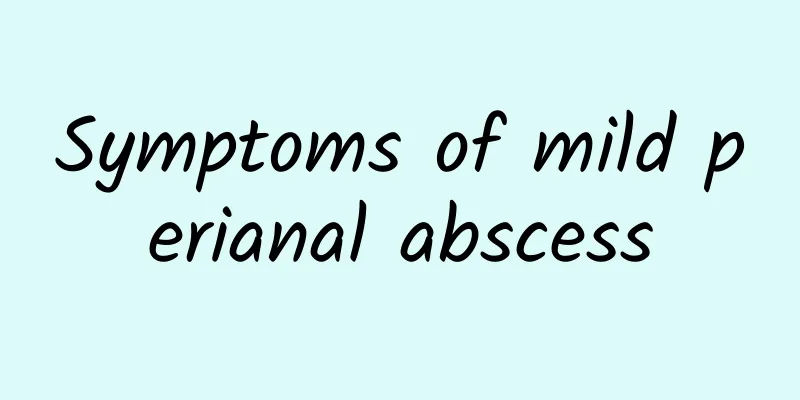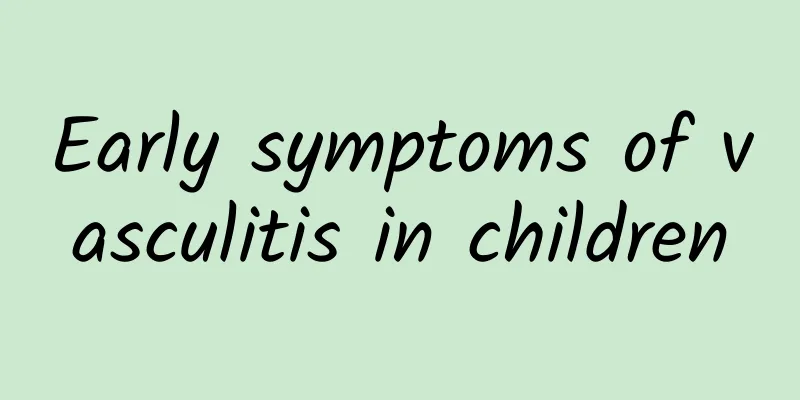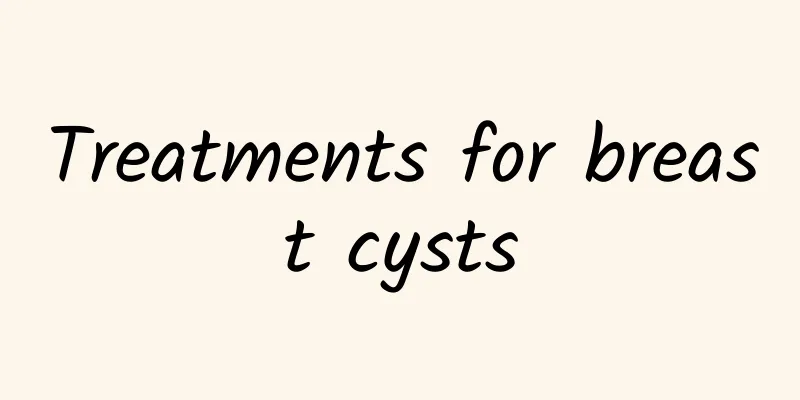How to treat sciatica in the buttocks

|
Sciatica is usually caused by compression or irritation of the sciatic nerve. Treatment includes medication, physical therapy, surgery, and lifestyle adjustments. The appropriate method should be selected according to the cause. Timely medical treatment to identify the specific cause is the key to effective treatment. 1. Common causes and diagnosis Common causes of sciatica include herniated discs, bone spurs, lumbar spinal stenosis, and long-term poor posture. Genetic factors may cause weakness in the lumbar spine structure, and external factors such as long-term sitting and heavy physical labor may also increase the incidence. Physiological factors include age-related disc degeneration, while trauma, falls, or car accidents may directly cause pain. When seeking medical treatment, doctors usually use physical examinations combined with imaging tests such as X-rays and MRIs to determine the cause. 2. Drug treatment Nonsteroidal anti-inflammatory drugs (NSAIDs): such as ibuprofen and diclofenac, reduce inflammation and pain. Muscle relaxants, such as baclofen, are effective for nerve compression caused by muscle spasms. Neuropathic pain medications: such as pregabalin and gabapentin, can relieve neuropathic pain. Medication should be taken according to the doctor's instructions to avoid side effects. 3. Physical therapy and exercise Physical therapy: Hot compress, ultrasound therapy or low-frequency electrotherapy can improve local blood circulation and relieve pain. Corrective exercises: such as cat stretches and sciatic nerve stretches, can lengthen tense muscle groups and relieve nerve pressure. Perform them under the guidance of a physical therapist to prevent improper movements from exacerbating the injury. 4. Surgical treatment Discectomy: Removal of a herniated disc that is pressing on the sciatic nerve. Minimally invasive surgery: such as spinal decompression, is suitable for patients with lumbar spinal stenosis. Spinal fusion: This procedure is used to address severe vertebral structural instability. These procedures are suitable for patients who have not responded to conservative treatment or have severe symptoms. 5. Lifestyle Adjustment Avoid sitting or lying for long periods of time: Get up and move around for 5-10 minutes every hour to relax your waist. Choose the right seat: Use a moderately soft or firm chair or a cushion with adjustable back support. Maintaining a healthy weight: reduces stress on your lower back and reduces the risk of nerve compression. Sciatica should be taken seriously. Mild cases can usually be cured through medication and physical therapy; severe cases may require surgical intervention. It is recommended to see a doctor as soon as possible for a clear diagnosis and adopt a comprehensive treatment plan under the guidance of a doctor to avoid worsening symptoms or long-term impact on quality of life. |
<<: What are the symptoms of kidney stones in men
>>: What is nonspecific costochondritis?
Recommend
Can breast cysts eat shrimp?
Patients with breast cysts can generally eat shri...
What are the external medicines for breast cysts?
Although breast cysts are mostly benign, topical ...
Can I walk one week after perianal abscess surgery?
Usually, patients can walk properly one week afte...
What causes Achilles tendon pain?
Achilles tendon pain may be a symptom that many p...
How can I know if I have cervical spondylosis?
How can I know if I have cervical spondylosis? Ce...
What medicine should I take for breast cysts?
Breast cysts generally do not require specific me...
Risks of surgery for anterior communicating artery aneurysms in children
The risks of surgery for anterior communicating a...
How to treat congenital heart disease in newborns? Can it be cured?
In many cases, congenital heart disease in newbor...
What are the symptoms and treatment of gallstones
The typical symptom of gallstones is abdominal pa...
Are gallbladder polypoid lesions serious in pregnant women?
The severity of gallbladder polypoid lesions in p...
Can I eat sweets if I have gallstones?
People with gallstones are not completely unable ...
How to treat lung nodules
Nodules in the lungs are often a cause for concer...
What to do with ankylosing spondylitis
Ankylosing spondylitis is a common clinical disea...
What causes breast cysts?
Breast cysts are mainly caused by changes in brea...
The best way to check for breast cysts
When a breast cyst is found, the best way to chec...









